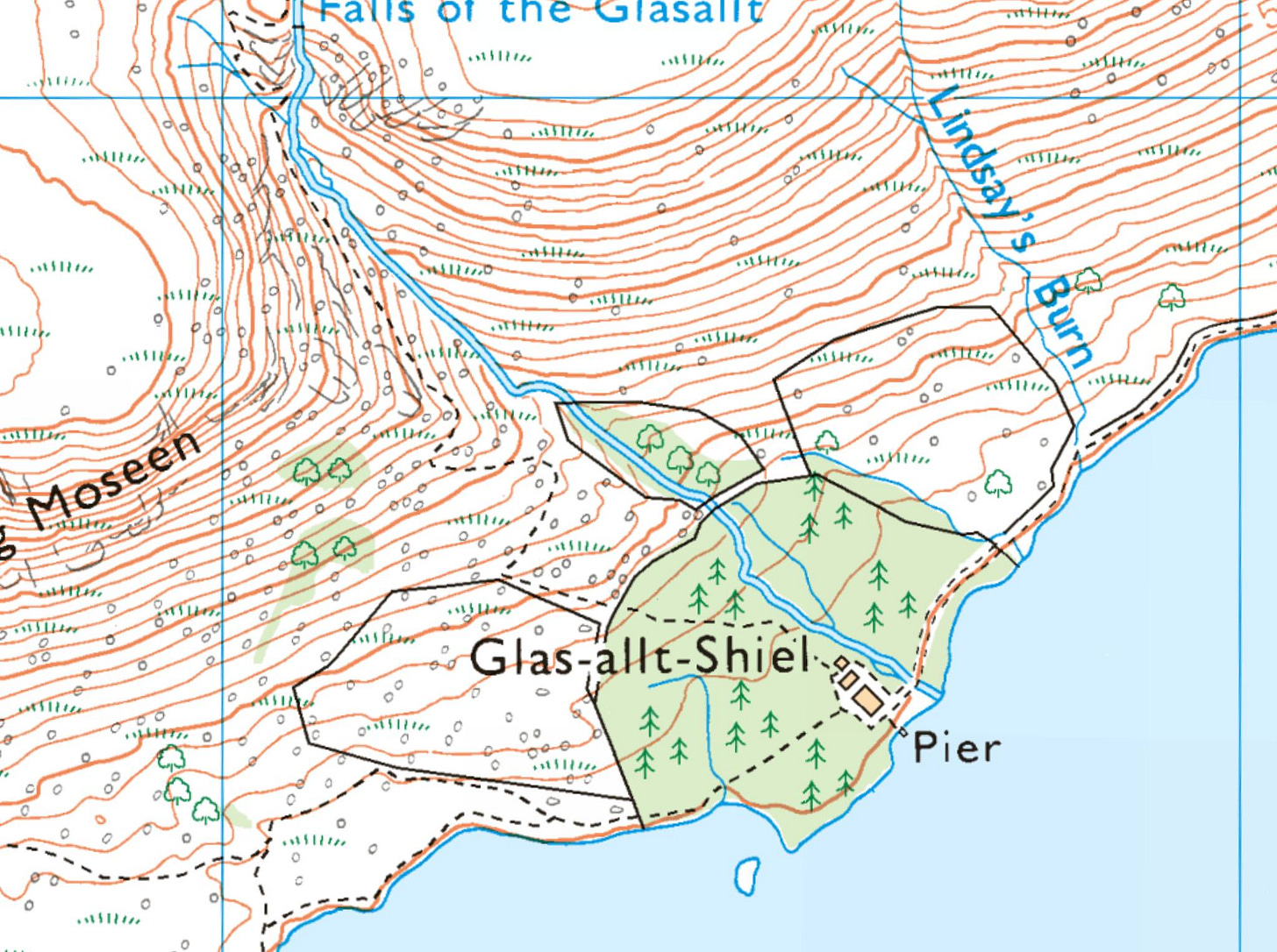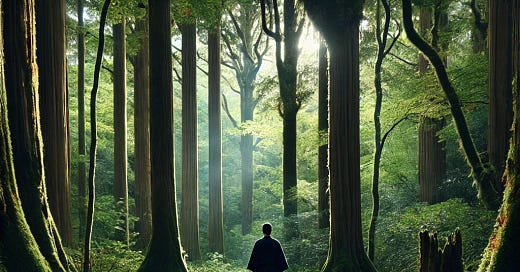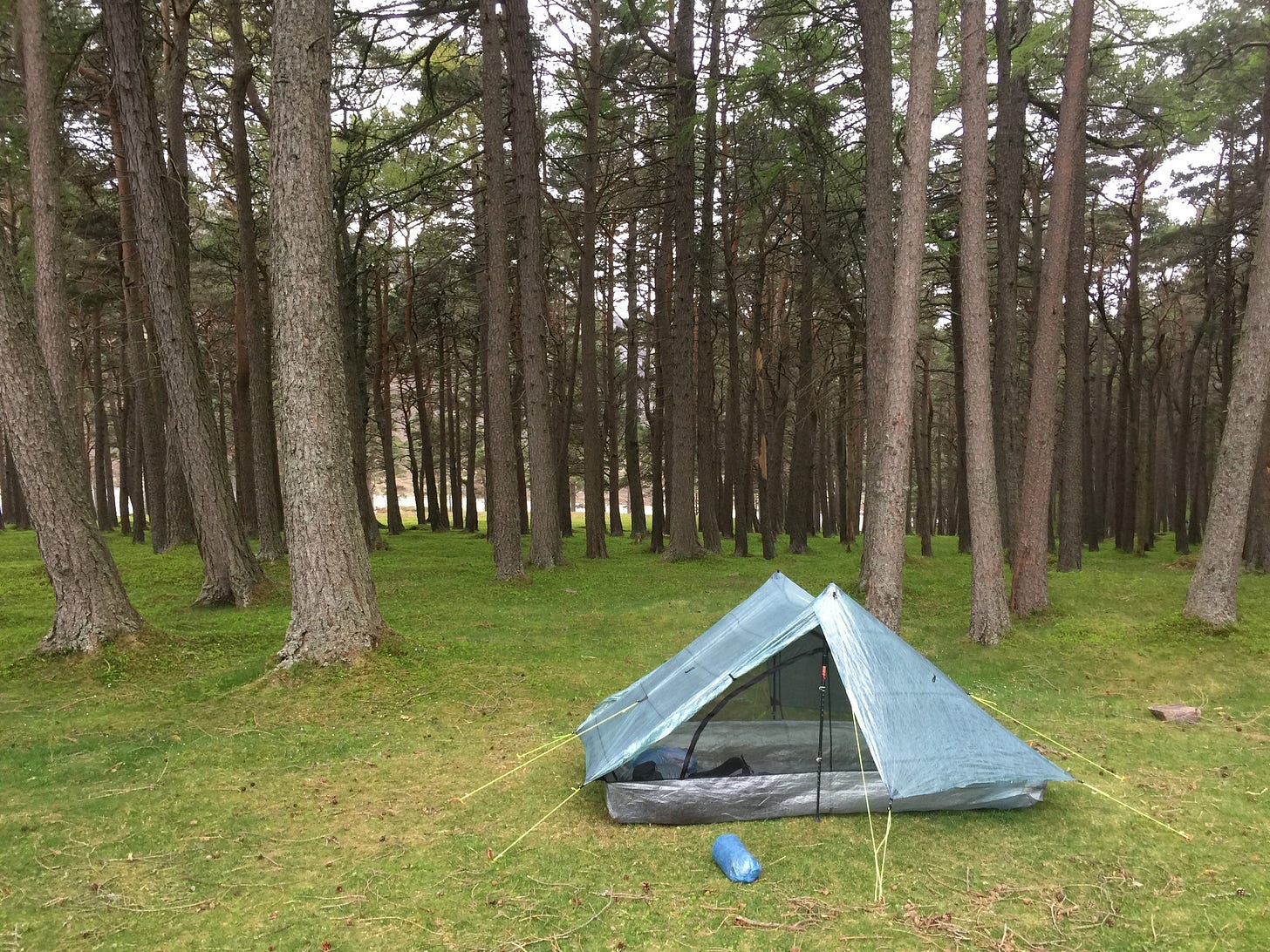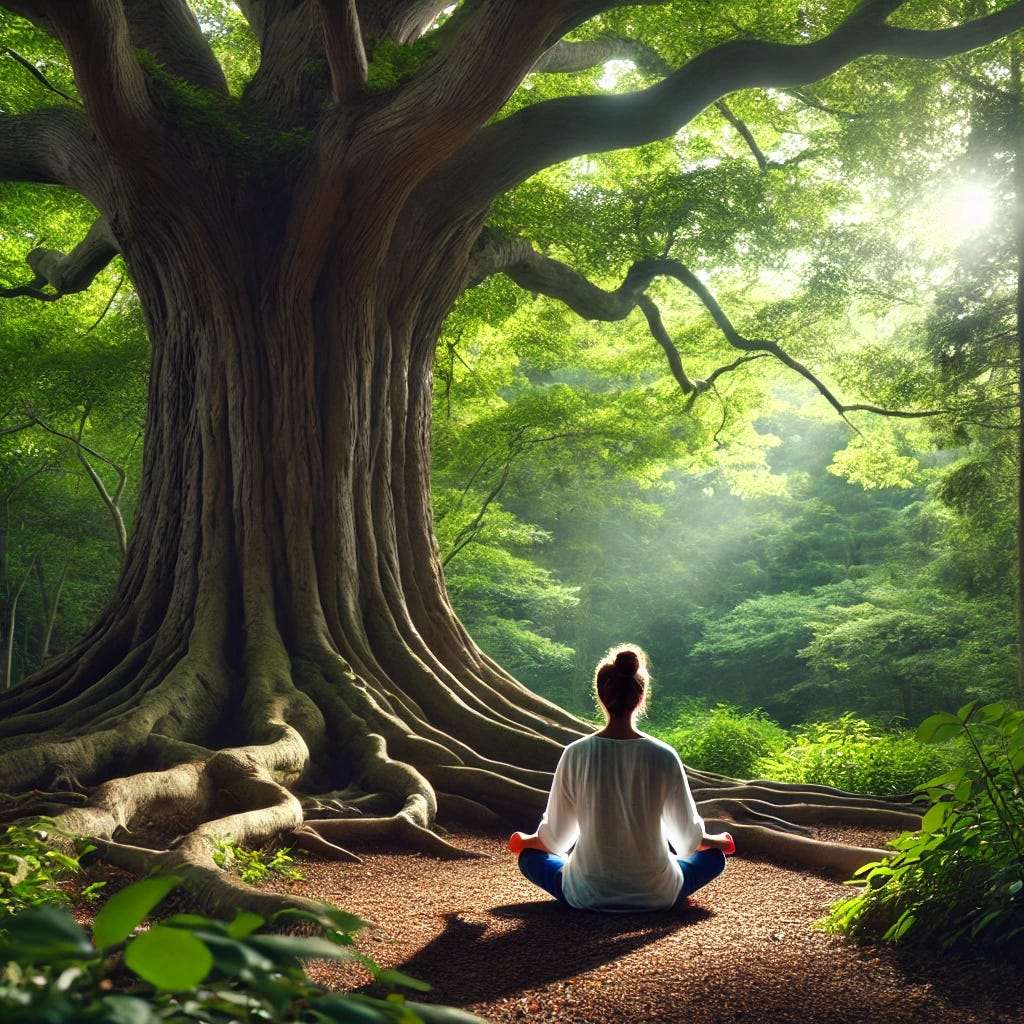Science claims trees could help heal your weary soul - I've tried it on myself
The Japanese discovered “forest bathing” decades ago. Claims of its benefits seemed a bit too good to be true but concrete scientific evidence convinced me to try it. Here's what happened
Anyone who knows me even a little bit knows that I have a severe allergy to all sorts of overly promoted "spiritual" things. All that “peace and love, man” - the hippie stuff? It irks me. Hell, even trying to do yoga without bursting into laughter is a serious struggle for me. I just can’t relate. So when I first heard of the alleged positive impact of Shinrin-yoku or “forest bathing” - A concept discovered in Japan in the 1980’s - I was extremely skeptical. As usual. But then I read not one not two but several serious studies on the matter and they all seemed to point to the fact that this method has powerful physical impact on our organism.
So, what exactly is it?
It’s about slow walking (not brisk trekking) or prolonged stillness with little to no movement for at least two hours (preferably six hours) near trees of various kinds. It turns out that coniferous trees are preferable, but not exclusively.
I first encountered this concept in 2010 when I visited one of the ancient Japanese gardens—Kenroku-en in the city of Kanazawa. There was some explanatory sign in English (rare) that explained how to perform Shinrin-yoku in a specific area of that garden. Essentially:
Walk slowly, preferably barefoot, among the trees, then sit in silence under one of the trees for at least two hours, breathing in a 1:2 ratio favoring exhalations. For example, inhale for two seconds and exhale for four (this is the standard pace).
The reason for doing this is to inhale as many phytoncides as possible. Phytoncides are aromatic molecules that certain trees and plants emit, and they have a very beneficial effect on the human body. It’s been scientifically proven that they increase the production of "natural killer cells" that fight cancer, lower blood sugar levels, improve heart function, and many more benefits. Additionally, it’s been shown that they work somewhat like endorphins and have a very calming effect on the brain. All of this, as mentioned, is science. Not mumbo-jumbo, not kumbaya. Science.
When I visited that Japanese garden, I saw some barefoot Japanese people practicing this technique, but I wasn’t in the mindset to try it myself and must admit I was a bit skeptical. Back at the hotel, I googled it a bit, saw that it was more serious than I had thought, but didn’t do more than file it away in some drawer in my mind.
Eight years later, while searching for places to camp overnight during the planning of my first Scotland crossing challenge, I discovered Glas-alt-Shiel, a small grove with a hunting lodge (actually, an enormous villa) that belongs to none other than the Queen of England (may she rest in peace). Since there’s a law in Scotland that allows you to camp almost anywhere, I decided I would sleep there right in the middle of the trek (on the sixth night), and not only would I sleep there, I would also try Shinrin-yoku for the first time.

And what can I tell you, friends? It was one of the highlights of my trek. First of all, the place is simply beautiful. It’s a grove on the shore of a stunning lake, full of songbirds, wind blowing through the trees, and a delightful carpet of pine needles and moss. After long hours on the mountain peaks, I was very happy to take off my shoes, set up my tent, and make myself dinner, which I ate with my feet in the freezing lake and under the small dock there.
And then, after I finished eating, I practiced Shinrin-yoku according to the rules for no less than three hours. The feeling was really, really exceptional. It’s hard to describe. A kind of calm and serenity, and a sensation when you close your eyes, a bit like your bare feet are growing roots into the ground. I didn’t realize how much I needed it, and I really did need it.
After three hours of slow breathing, I felt completely empty of thoughts and quite tired. So I crawled into my sleeping bag inside the tent, right in the heart of the grove, and had one of the best sleeps of my life.
Since then, I try to do Shinrin-yoku on almost every trek I plan (assuming there’s some forest or grove along the way). I’m even willing sometimes to stray quite a few kilometers off the trail to do it.
And the most amazing thing about all this is that you don’t actually need a whole forest for it. A small group of trees, some little grove or copse—is quite enough. The important thing is mainly to move slowly (or not move at all) and to breathe at a steady pace.
Happy bathing! ;-)







I did not know about the science behind it!! But I always seek out trees on every trip I go on. It feels like coming home no matter where I am in the world
I relate to this so much! I am currently in England with time to roam slowly in the forest, to breath through my feet, to root in the land. I find a short walk among these ancient trees to be invigorating, calmingly potent.
Thank you!
"Anyone who knows me even a little bit knows that I have a severe allergy to all sorts of overly promoted "spiritual" things. All that “peace and love, man” - the hippie stuff? It irks me. Hell, even trying to do yoga without bursting into laughter is a serious struggle for me. I just can’t relate. So when I first heard of the alleged positive impact of Shinrin-yoku or “forest bathing” - A concept discovered in Japan in the 1980’s - I was extremely skeptical. As usual. But then I read not one not two but several serious studies on the matter and they all seemed to point to the fact that this method has powerful physical impact on our organism."